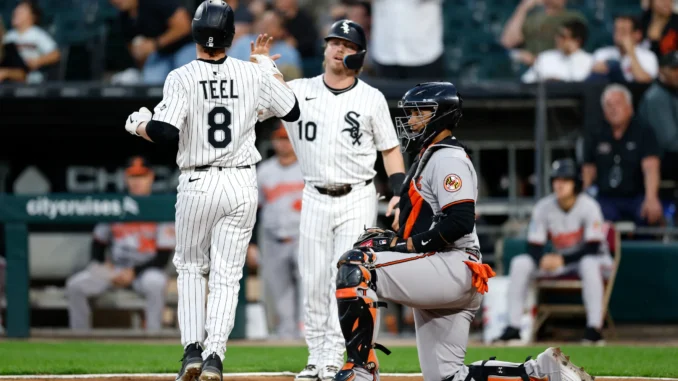
The Chicago White Sox are clearly committed to a long-term strategy when it comes to Luis Robert Jr., refusing to abandon hope that he can still be the dynamic franchise centerpiece they envisioned several years ago. Their latest move—exercising a $20 million team option for the 2026 season—signals not only confidence in his underlying ability but also a reluctance to part with an asset they once believed could anchor their resurgence.
The choice surprised many around baseball because Robert has not produced at a star level for quite some time. Since the start of the 2023 season, he has performed only marginally above replacement value, and persistent injuries have derailed any chance of sustained momentum. He appeared in just 100 games in 2024 and 110 in 2025; even his impressive midseason revival last year was abruptly halted by a hamstring injury in late August.
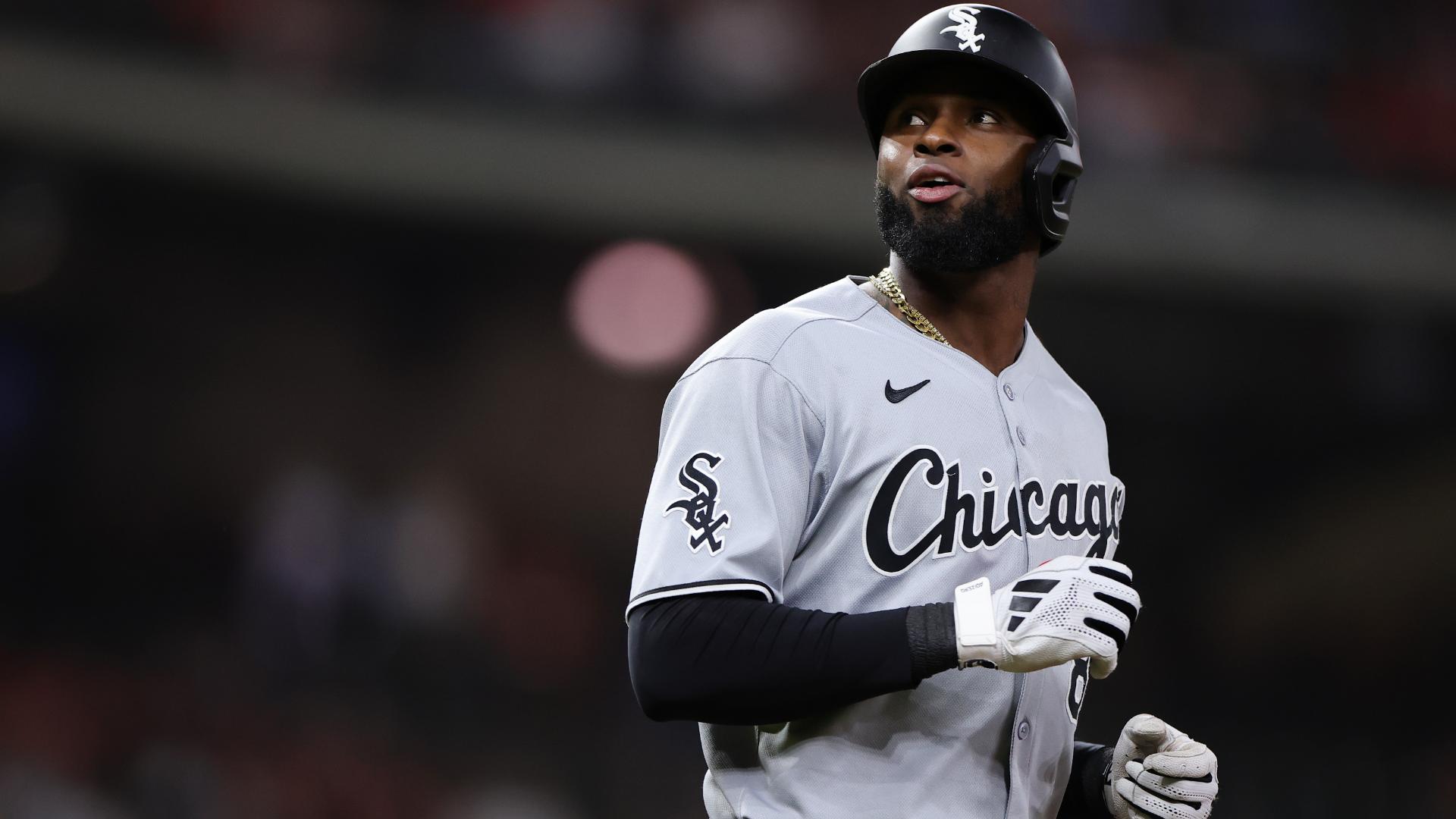
Robert stands alongside Andrew Benintendi and Korey Lee as one of only three remaining players from the team’s 40-man roster at the beginning of their disastrous 121-loss season two years ago. Their unusually large contracts and wildly inconsistent production have prevented Chicago from finding trade partners willing to take them on.
Benintendi, now entering the fourth year of a five-year, $75 million contract, has at least begun climbing back toward respectability. Over the past year and a half he has finally provided some offensive punch, posting an .830 OPS in the second half of 2024 and following that up with a second straight 20-home-run campaign in 2025.
The White Sox would almost certainly consider trading Benintendi this offseason, but the structure of his deal makes that extremely difficult. With $31 million still owed and the salary guaranteed, the club has found little motivation—or realistic opportunity—to cut ties.

Robert, however, presents an entirely different kind of dilemma, especially for a franchise that has lost more than 100 games in three consecutive seasons. Chicago’s general manager, Chris Getz, could have made the straightforward and financially conservative decision to decline the first of Robert’s two club options. Doing so would have cost the organization only a $2 million buyout. Instead, he chose to pick up the option and effectively gave Robert a $5 million raise over his previous salary.
This decision might have been easier to justify if the White Sox were attempting to quickly reassemble a competitive roster resembling their promising groups in 2020 and 2021—those teams built around José Abreu that reached the postseason and seemed to be on the verge of a long winning window. In that context, keeping Robert would have sparked legitimate debate. But within the framework of a massive, ongoing rebuild, the move raised eyebrows more than anything else.
Getz’s choice to retain Robert is consistent with his approach over the past two seasons. Despite rebuilding aggressively—trading away Garrett Crochet, Dylan Cease, Lucas Giolito, Michael Kopech, and several others—he consistently refused to move Robert when contenders inquired at both the 2024 and 2025 trade deadlines. Many evaluators assumed the White Sox, desperate to accumulate young talent, would jump at strong offers for a player whose value fluctuates wildly depending on his health. But Getz has repeatedly closed the door on dealing him, even in circumstances where it might have seemed most sensible.
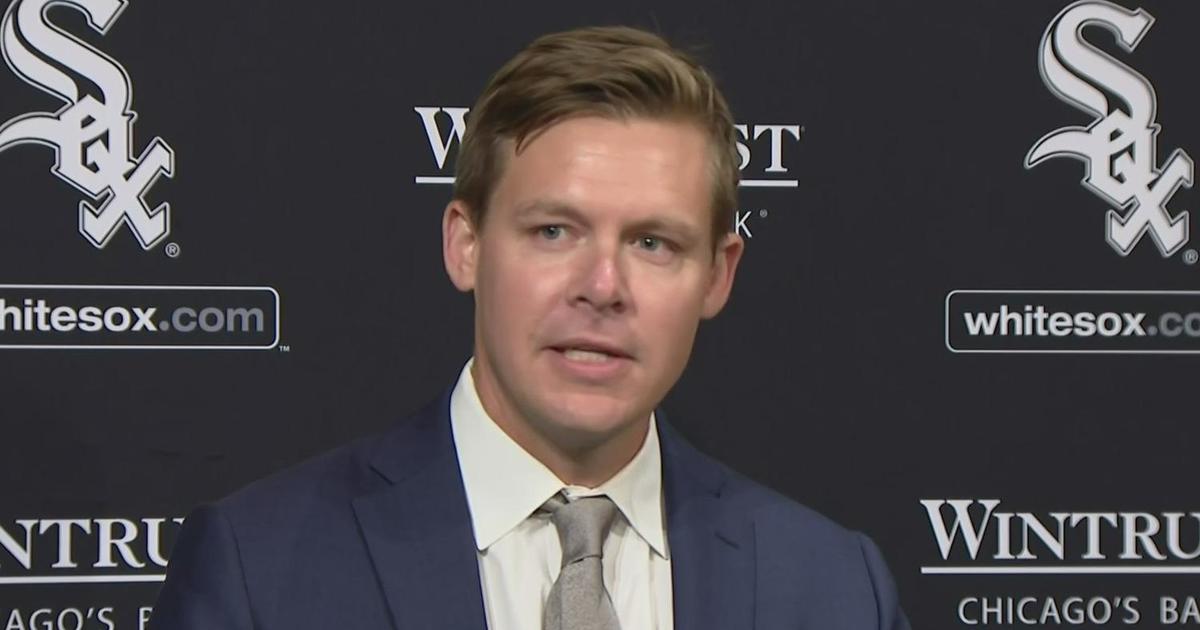
To understand why, one must consider what Robert still offers. Even with his injuries and inconsistent output, he remains only 28 years old and has compiled 2.8 rWAR in 210 games over the past two seasons. His surface numbers—.223 batting average, .288 on-base percentage, 28 homers, 56 steals, and a .660 OPS—hardly reflect the star he once appeared destined to become, but they also suggest flashes of dynamic ability. Two factors likely play into Getz’s decision: first, the White Sox are not exactly pressed for payroll space; and second, Robert is widely considered a positive presence around the team’s growing core of young hitters.
Financially, the White Sox can easily absorb Robert’s contract. According to Cot’s Contracts, the club’s projected payroll for 2026 is only $27.5 million outside of Robert and Benintendi. That gives Chicago tremendous flexibility to carry Robert even if his performance remains uneven. The clubhouse factor is more intangible but possibly just as influential.
Manager Will Venable, Getz, and long-time owner Jerry Reinsdorf would simply not have kept Robert through three consecutive losing seasons if they believed he negatively influenced rising prospects such as Miguel Vargas, Colson Montgomery, Kyle Teel, Edgar Quero, and Chase Meidroth. With the team investing heavily in a youth movement, veteran leadership that does not hinder development becomes even more valuable.

Robert’s on-field tools have not disappeared. He won a Gold Glove as a rookie in 2020 and continues to rate as a strong defensive center fielder. Statcast placed him in the 88th percentile in fielding run value last season. His speed, one of his calling cards early in his career, remains impressive as well; his sprint speed ranked in the 90th percentile in 2025, his best mark since his rookie year, despite the two hamstring injuries that sidelined him during the season.
None of this guarantees Robert will remain with the White Sox beyond the offseason. In fact, his name is almost certain to circulate in trade discussions at the winter meetings in December. If the club truly wants to entertain creative paths, they could be involved in multi-player or even multi-team trade scenarios involving Robert.
Chicago could choose to absorb another club’s undesirable contract in exchange for higher-tier prospects, or they could decide to pay down a significant portion of Robert’s remaining salary to secure a young, high-upside player still in the early stages of his career. There is also the possibility of combining these strategies to engineer a more complex deal.
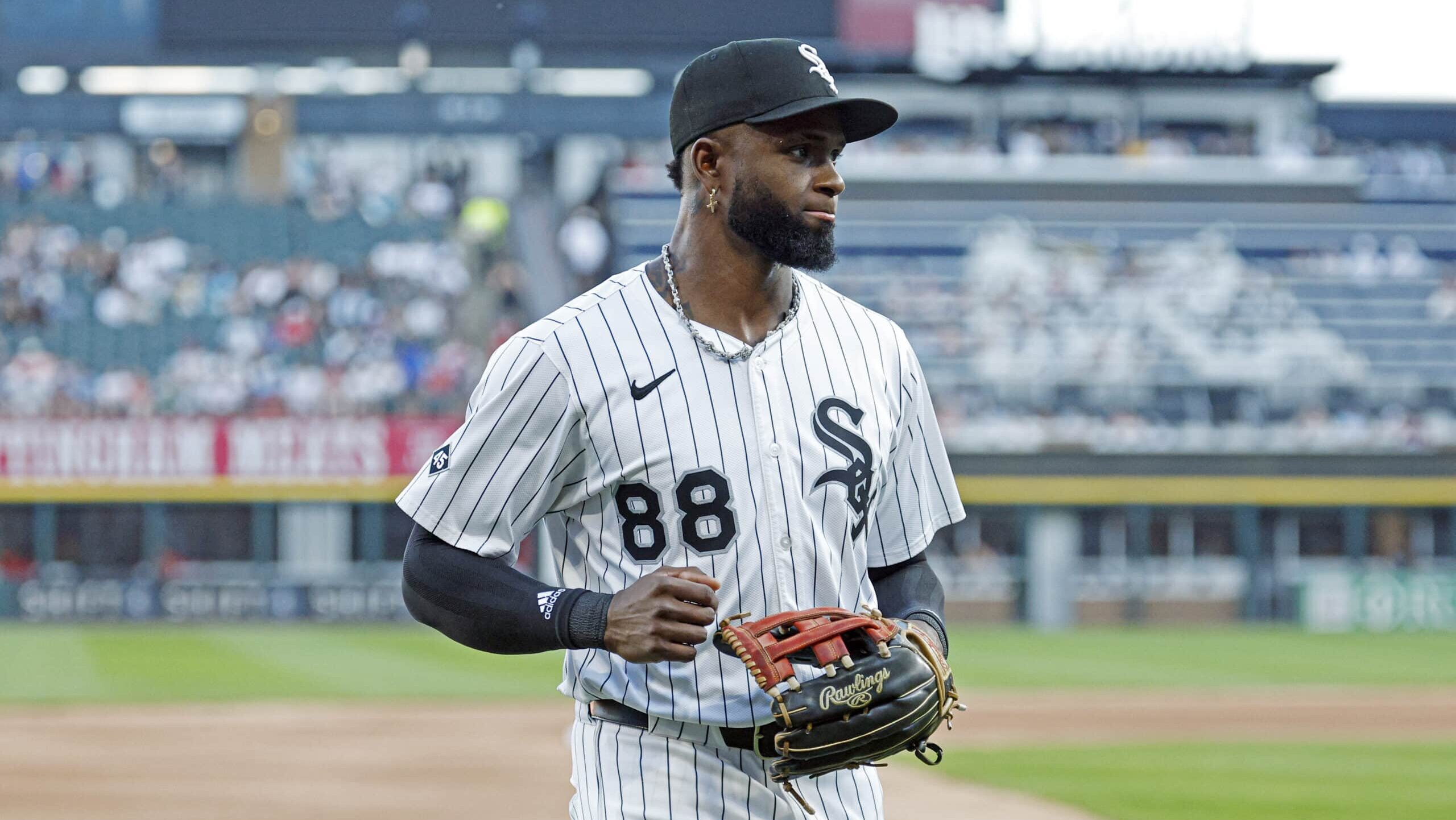
Of course, Getz might simply believe in Robert more than outside observers do. Perhaps he sees something—whether in Robert’s preparation, attitude, or underlying metrics—that suggests a return to elite performance is still possible.
The skepticism surrounding Robert stems largely from his recent injury history and inconsistent production. But those doubting him may be overlooking his strong finish before last season’s injury. In the second half of 2025, Robert hit .298 with five home runs and 11 steals in just 31 games. That short stretch may have restored Chicago’s confidence enough to justify picking up his option for another year.
If Robert manages to stay healthy and play at that level for an extended period, he could quickly rebuild his trade value and potentially earn an invitation to the American League All-Star team next summer. If that happens, he would become a significantly more appealing piece for contenders seeking a dynamic outfielder.
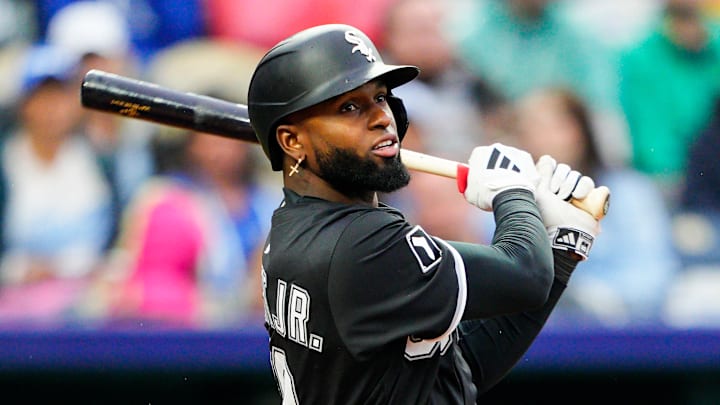
Yet even that scenario does not guarantee the White Sox would move him. Given their past reluctance, the organization might decide to keep him another season to see if he can anchor a more mature version of their young roster in 2027.
Chicago also holds another $20 million option on Robert for the 2027 season, adding another layer of flexibility. Should Robert rebound in a meaningful way, that option could become an extremely valuable asset—either for the White Sox to exercise or to include in future trade discussions.
Overall, the White Sox’s decision to retain Robert reflects both an unwillingness to sell low and a belief—however cautious—that his best version has not disappeared permanently. Whether this long game ultimately pays off remains to be seen. But for now, Chicago’s front office continues to treat Luis Robert Jr. as a player worth betting on, even amid a deep and painful rebuild.
More MLB News:
-
Red Sox Poach $8.6 Million Yankees Star
-
Mets right-hander garnered trade, finalizes $11.7M blockbuster deal
-
Giants to rebuild its bullpen with Yankees All-Star reliever this offseason
-
Phillies Surprising Move Cut Ties With Third Baseman After Disappointing Playoff Exit
-
Braves confirmed another blockbuster deal
-
Angels filled open spot with Cardinals’ star infielder Brendon Donovan
-
Angels balance lineup with Yankees left-handed bats
-
Mariners get another crack trade for Red Sox slugger on three-player deal
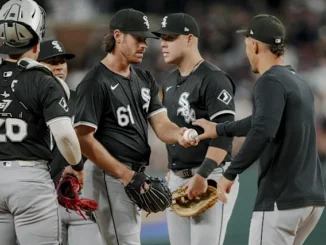

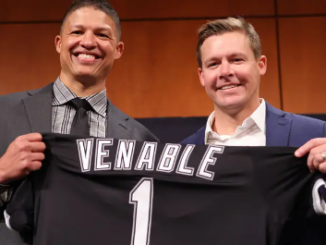
Be the first to comment